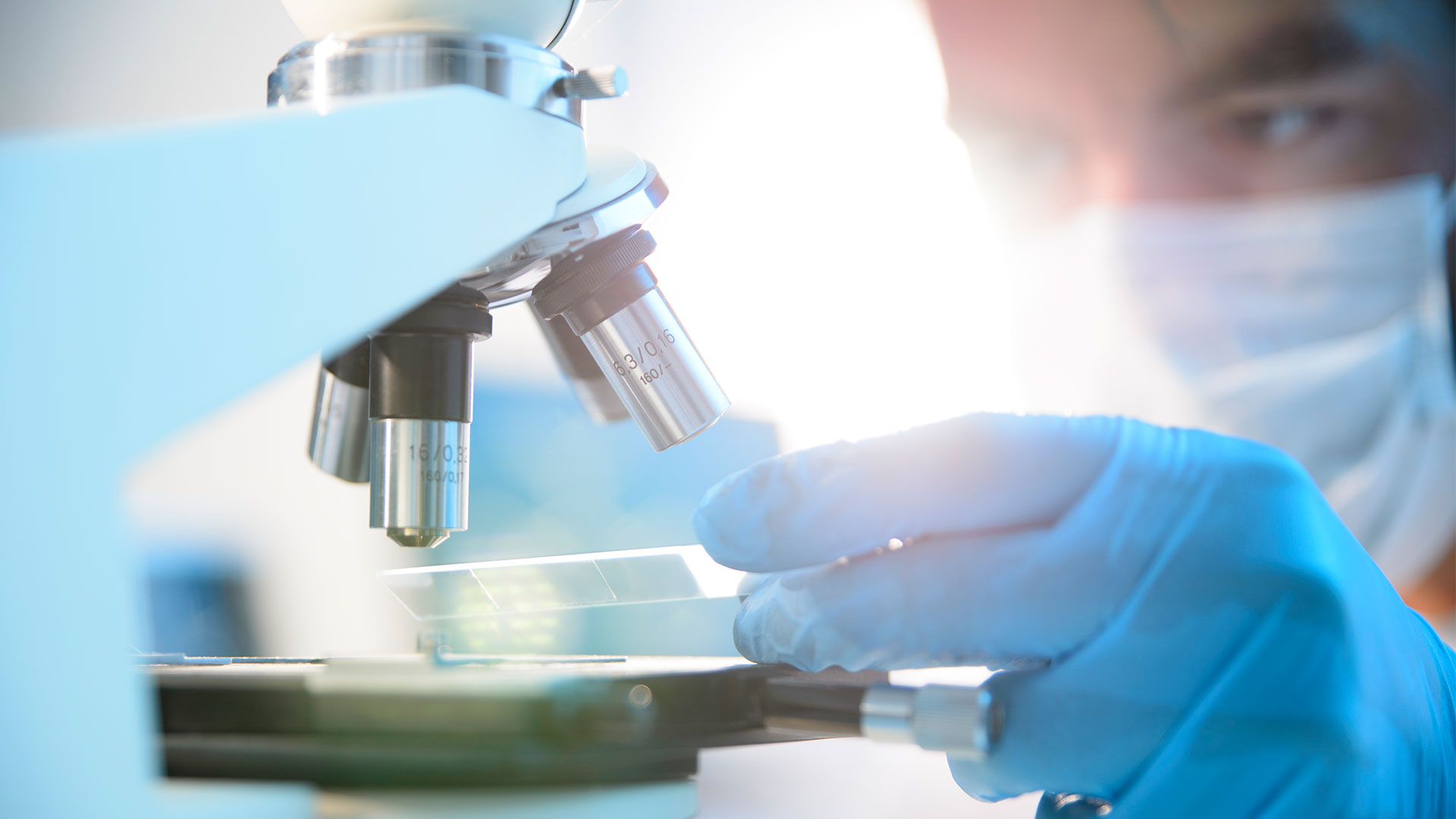Pharmaceutical research is a highly complex and interdisciplinary field that is constantly working to gain new insights into disease mechanisms and develop innovative therapeutic approaches. According to the German Association of Research-Based Pharmaceutical Companies (vfa), 43 drugs with new active ingredients were approved in Germany in 2024 – a significant step forward for medical care.
The development of a new drug takes on average over 13 years and involves several strictly regulated phases. The process begins with the selection of a target disease for which there is a therapeutic need. Scientists then identify a so-called molecular target – usually an enzyme – which plays a key role in the disease process. This point of attack serves as a target structure for the development of an active substance that specifically intervenes in pathophysiological processes.
From the Laboratory to the Patient: Preclinical and Clinical Development
In the preclinical phase, the potential active ingredient is first tested in vitro, i.e. on cell cultures, for its biological activity and toxicity. The aim is to obtain initial indications of efficacy and safety. This is followed by in vivo studies on suitable animal models to investigate pharmacodynamic and pharmacokinetic properties – i.e. how the active ingredient works in the body, how it is absorbed, distributed, metabolized and excreted.
If the active substance proves promising in the preclinical phase, clinical development begins, which is divided into three main phases:
- Phase I: testing on a small group of healhty volunteers. The aim is to verify the tolerability, safety and progression of the active substance in the human body.
- Phase II: first application in a limited number of sick patients. During this stage, the therapeutic efficacy is checked and the optimal dosage is determined.
- Phase III: large, multicenter studies with several hundred to thousands of patients. This phase serves to demonstrate efficacy in comparison to existing therapies and to record rare side effects.
After successful completion of all study phases, a marketing authorization application is submitted to the relevant authorities — in Europe, for example, to the European Medicines Agency (EMA). These authorities conduct a comprehensive review of the data to assess its quality, safety, and efficacy before granting marketing authorization.
After Approval: Use in Practice
With approval, the way is paved for widespread use of the drug. Doctors can now prescribe it. But this is where another key factor comes into play: correct use by patients. This is where you come in! Your active involvement is crucial to the success of your therapy. Even the most effective drug can only be fully effective if you take it regularly, in the correct dosage, and for the intended period of time. Not that easy!
This is where digital helpers such as mediteo come into play, helping you to take your medication reliably and on time. mediteo reminds you when to take your drugs and helps you keep track of your therapy. This way you can actively contribute to improving the effectiveness of your treatment.
Sources
Back to the Blog.

